Intro
Discover low fiber food options for digestive comfort, including low-fiber fruits, vegetables, and grains, to manage symptoms of IBS, diarrhea, and stomach pain, with gentle diet choices and nutrition advice.
The importance of dietary fiber in maintaining a healthy digestive system and overall well-being cannot be overstated. However, there are instances where individuals may need to limit their fiber intake, such as during certain medical procedures, flare-ups of irritable bowel syndrome (IBS), or other gastrointestinal issues. In these cases, opting for low fiber food options can help manage symptoms and support recovery. Understanding the role of fiber in the diet and identifying low fiber foods can be crucial for those who need to follow a low fiber diet.
For individuals who require a low fiber diet, it's essential to know which foods are naturally low in fiber and how to prepare meals that are gentle on the digestive system. A low fiber diet typically restricts foods that are high in fiber, such as whole grains, fruits, vegetables, and legumes, which are normally recommended for their health benefits. However, under specific circumstances, reducing fiber intake can help alleviate discomfort and support healing. The key is to find a balance that meets nutritional needs while minimizing digestive stress.
The challenge of following a low fiber diet lies in ensuring that one still consumes a balanced and nutritious diet. It's not just about cutting out high fiber foods; it's also about selecting low fiber alternatives that provide essential vitamins, minerals, and proteins. For example, choosing lean meats, fish, and poultry can provide protein without the fiber found in legumes. Similarly, opting for refined grains over whole grains can reduce fiber intake, but it's crucial to balance this with other nutrient-dense foods to avoid nutritional deficiencies.
Understanding Low Fiber Foods
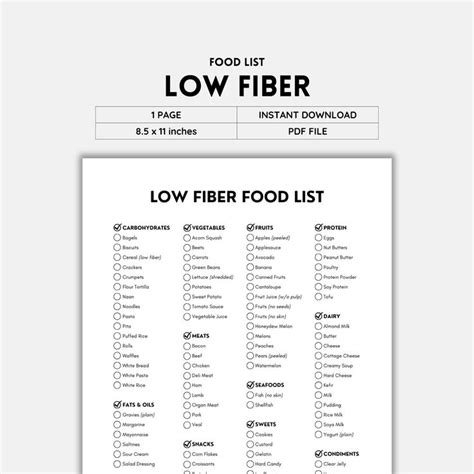
Understanding what constitutes low fiber foods is the first step in planning a low fiber diet. Low fiber foods are typically those that have less than 2 grams of fiber per serving. These include many meats, fish, poultry, dairy products, and certain fruits and vegetables that are lower in fiber. For instance, bananas are a lower fiber fruit option compared to apples or berries. Similarly, among vegetables, bell peppers and cucumbers have less fiber than broccoli or Brussels sprouts.
Meat and Poultry Options
Meat and poultry are naturally low in fiber, making them staples in a low fiber diet. Options include: - Lean meats like chicken and turkey - Fish, which is not only low in fiber but also rich in omega-3 fatty acids - Beef, especially when lean cuts are chosen - Pork, including pork chops and tenderloin It's essential to cook these meats in ways that are gentle on the stomach, such as baking, grilling, or roasting, and avoiding high-fat sauces or seasonings that can irritate the digestive system.Low Fiber Fruits and Vegetables
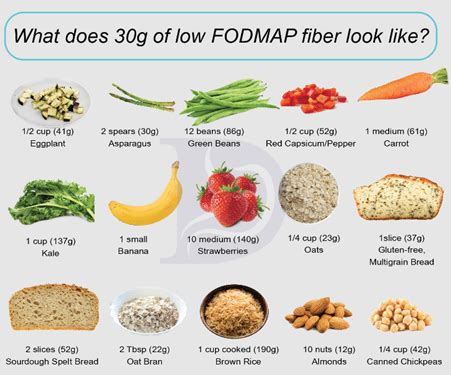
While many fruits and vegetables are high in fiber, there are several options that are lower in fiber and can be included in a low fiber diet. Fruits like bananas, avocados (in moderation due to their high calorie content), and cantaloupe are relatively low in fiber. Among vegetables, good options include:
- Cucumbers
- Bell peppers
- Carrots
- Green beans
- Mushrooms These vegetables can be cooked in various ways to make them more palatable and easier to digest.
Dairy and Eggs
Dairy products and eggs are another category of foods that are naturally low in fiber, making them suitable for a low fiber diet. This includes: - Milk and other dairy products like cheese and yogurt - Eggs, which are also a good source of protein It's beneficial to choose low-fat or fat-free dairy products to minimize the intake of saturated fats.Grains in a Low Fiber Diet
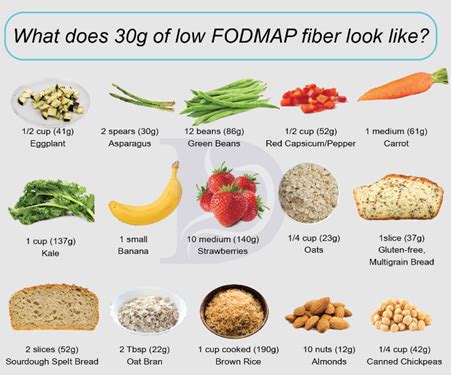
When it comes to grains, the focus should be on refined products that have less fiber compared to whole grains. Examples include:
- White bread
- White rice
- Plain crackers
- Pasta made from refined flour It's crucial to note that while these foods are lower in fiber, they are also generally lower in essential nutrients like vitamins, minerals, and antioxidants found in whole grains. Thus, they should be consumed in moderation as part of a balanced diet.
Snacks and Desserts
Even on a low fiber diet, there's room for snacks and desserts, provided they are chosen wisely. Some low fiber snack options include: - Popsicles or Italian ice - Plain cookies or cakes made with refined flour - Ice cream (in moderation due to high calorie and fat content) - Jell-O or puddings These treats can help satisfy cravings without overloading on fiber.Planning a Low Fiber Diet
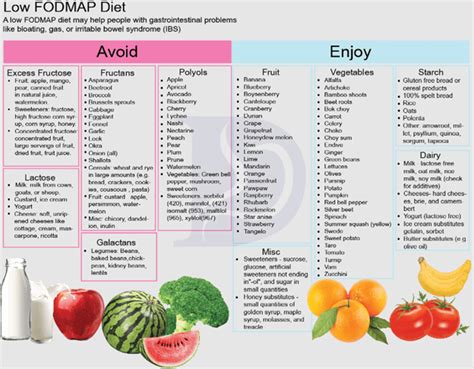
Planning a low fiber diet requires careful consideration to ensure that nutritional needs are met while keeping fiber intake low. Here are some steps to follow:
- Consult a Healthcare Provider or Dietitian: Before starting any new diet, especially one that restricts certain food groups, it's crucial to consult with a healthcare provider or a registered dietitian. They can provide personalized advice based on your specific health needs and ensure that you're getting all the necessary nutrients.
- Keep a Food Diary: Tracking what you eat can help identify patterns and ensure that you're staying within your daily fiber limit. It's also a useful tool for monitoring how different foods affect your digestive system.
- Choose a Variety of Foods: Even on a low fiber diet, it's essential to eat a variety of foods to get all the vitamins, minerals, and proteins your body needs. Focus on lean meats, fish, low fiber fruits and vegetables, dairy products, and refined grains.
- Stay Hydrated: Drinking plenty of water is crucial, regardless of the diet you're following. It helps with digestion and can prevent constipation, which might be a concern on a low fiber diet.
Cooking Tips for Low Fiber Foods
Cooking methods can significantly impact the digestibility of foods. For a low fiber diet, consider the following cooking tips: - **Bake or Grill**: These methods are gentle and can help retain the nutrients in your food. - **Avoid High-Fat Sauces**: While some fat is necessary for nutrient absorption, high-fat sauces can irritate the digestive system. Opt for low-fat or herbal seasonings instead. - **Peel Fruits and Vegetables**: Removing the skin from fruits and vegetables can reduce their fiber content and make them easier to digest.Challenges and Considerations
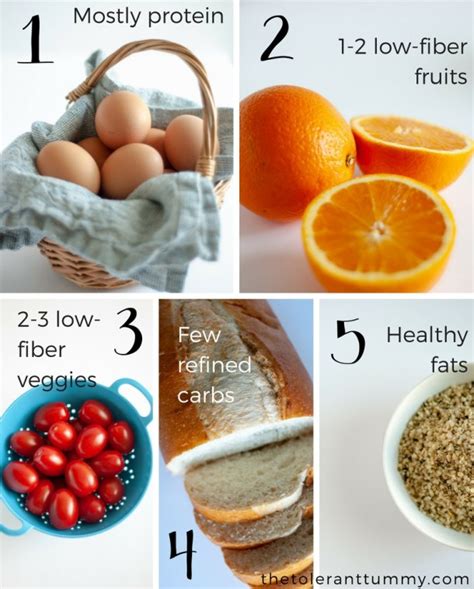
Following a low fiber diet can come with its own set of challenges, particularly in terms of ensuring adequate nutrition and managing potential side effects like constipation. Here are some considerations:
- Nutritional Deficiencies: A low fiber diet may lead to deficiencies in vitamins, minerals, and antioxidants if not planned carefully. Regular check-ups with a healthcare provider can help monitor nutritional status.
- Constipation: Reducing fiber intake can sometimes lead to constipation. Staying hydrated, engaging in regular physical activity, and considering fiber supplements (under medical guidance) can help manage this issue.
- Social Eating: Eating out or participating in social meals can be challenging on a low fiber diet. Informing friends and family about your dietary needs and planning ahead can make these situations more manageable.
Maintaining a Balanced Lifestyle
Beyond dietary changes, maintaining a balanced lifestyle is crucial for overall health and well-being. This includes: - **Regular Exercise**: Physical activity can help stimulate bowel movements and improve digestion, among its many other health benefits. - **Stress Management**: High levels of stress can exacerbate digestive issues. Practicing stress-reducing techniques like meditation, yoga, or deep breathing exercises can be beneficial. - **Adequate Sleep**: Getting enough sleep is essential for healing and can also impact digestive health. Aim for 7-9 hours of sleep per night.Conclusion and Next Steps
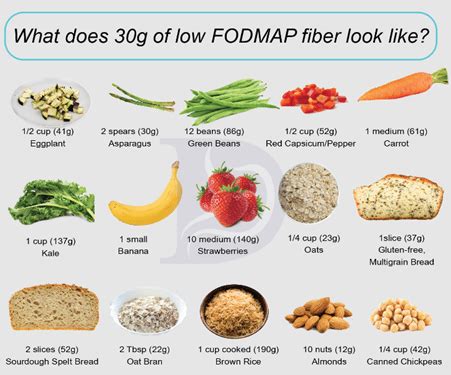
In conclusion, a low fiber diet can be a temporary solution for managing certain health conditions or preparing for medical procedures. However, it's critical to approach this diet with careful planning to ensure nutritional balance and minimize potential side effects. By understanding which foods are low in fiber, planning meals carefully, and maintaining a balanced lifestyle, individuals can navigate a low fiber diet successfully.
If you're considering a low fiber diet or have questions about how to manage your dietary needs, we encourage you to share your thoughts and experiences in the comments below. Your insights can help others who may be facing similar challenges. Additionally, don't hesitate to reach out to healthcare professionals for personalized advice tailored to your specific health situation.
What are the primary reasons for following a low fiber diet?
+A low fiber diet is typically recommended for individuals who are experiencing gastrointestinal issues such as irritable bowel syndrome (IBS), those who are undergoing certain medical procedures, or individuals who have specific dietary restrictions due to health conditions.
How can I ensure I'm getting enough nutrients on a low fiber diet?
+Consulting with a healthcare provider or a registered dietitian can help you plan a balanced low fiber diet. They can provide guidance on selecting nutrient-dense foods that are low in fiber and recommend supplements if necessary.
Are there any potential side effects of a low fiber diet that I should be aware of?
+Yes, reducing fiber intake can sometimes lead to constipation. It's also important to monitor for potential nutritional deficiencies. Staying hydrated, exercising regularly, and managing stress can help mitigate these risks.
